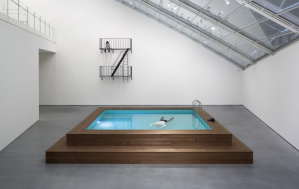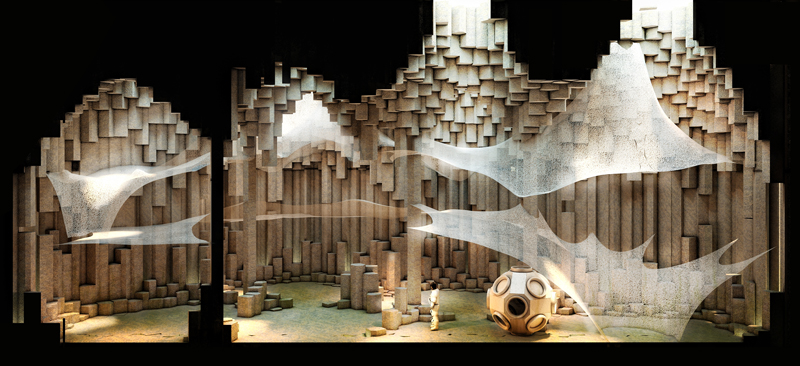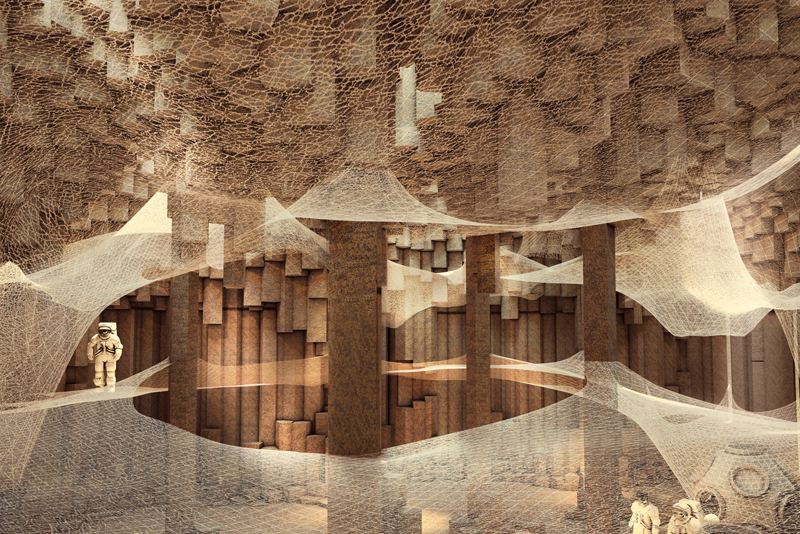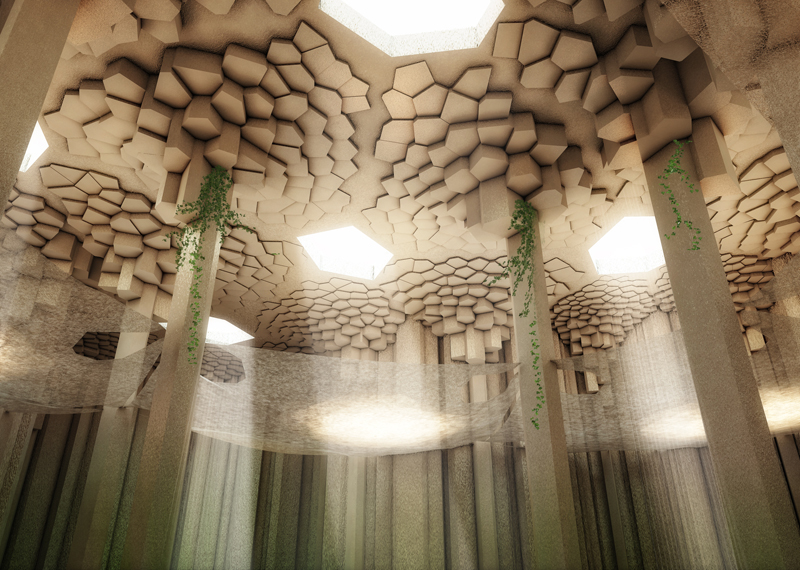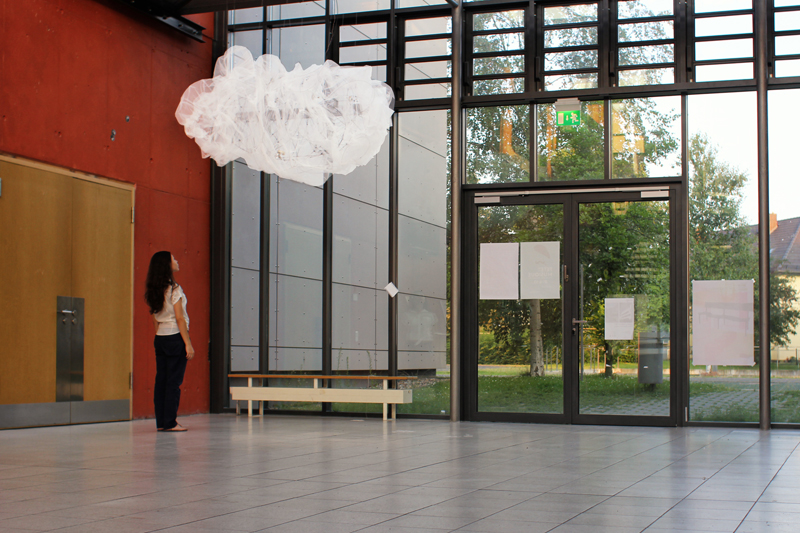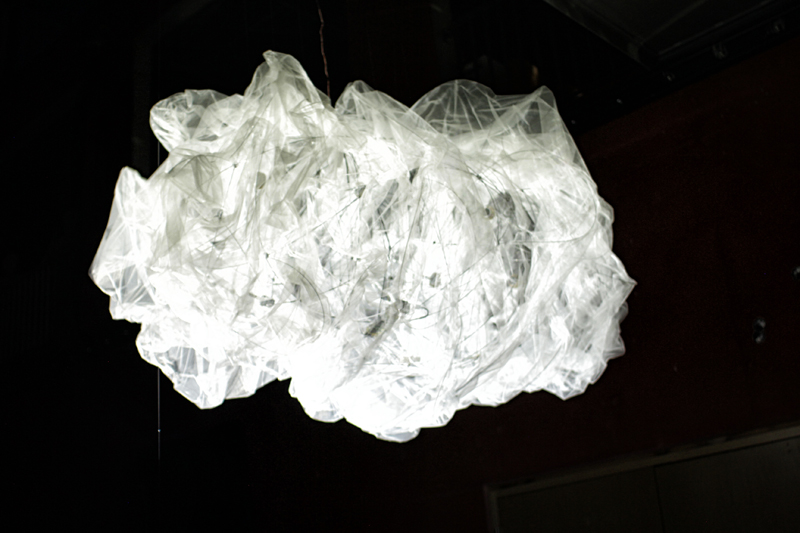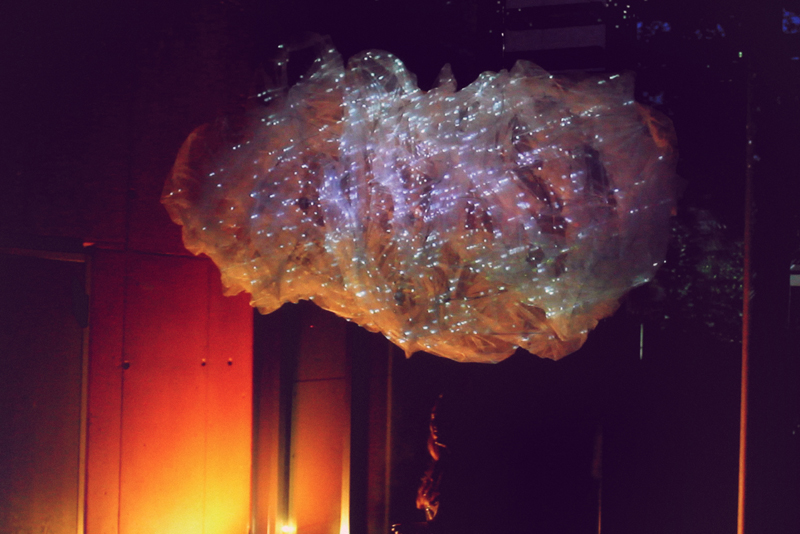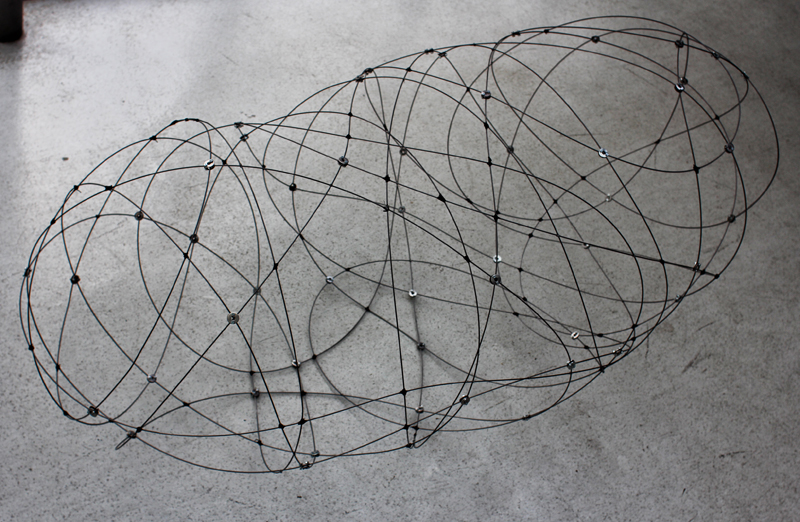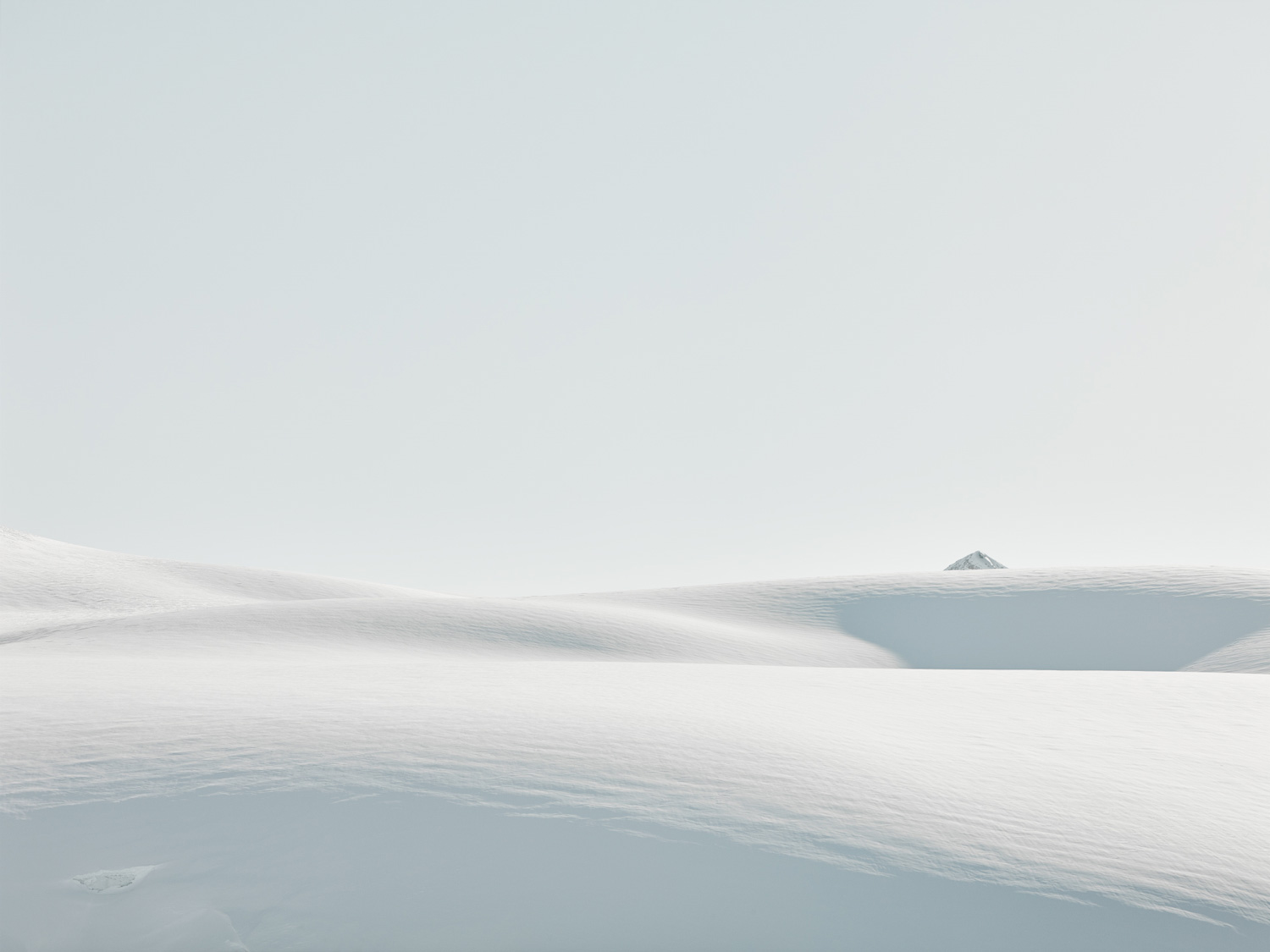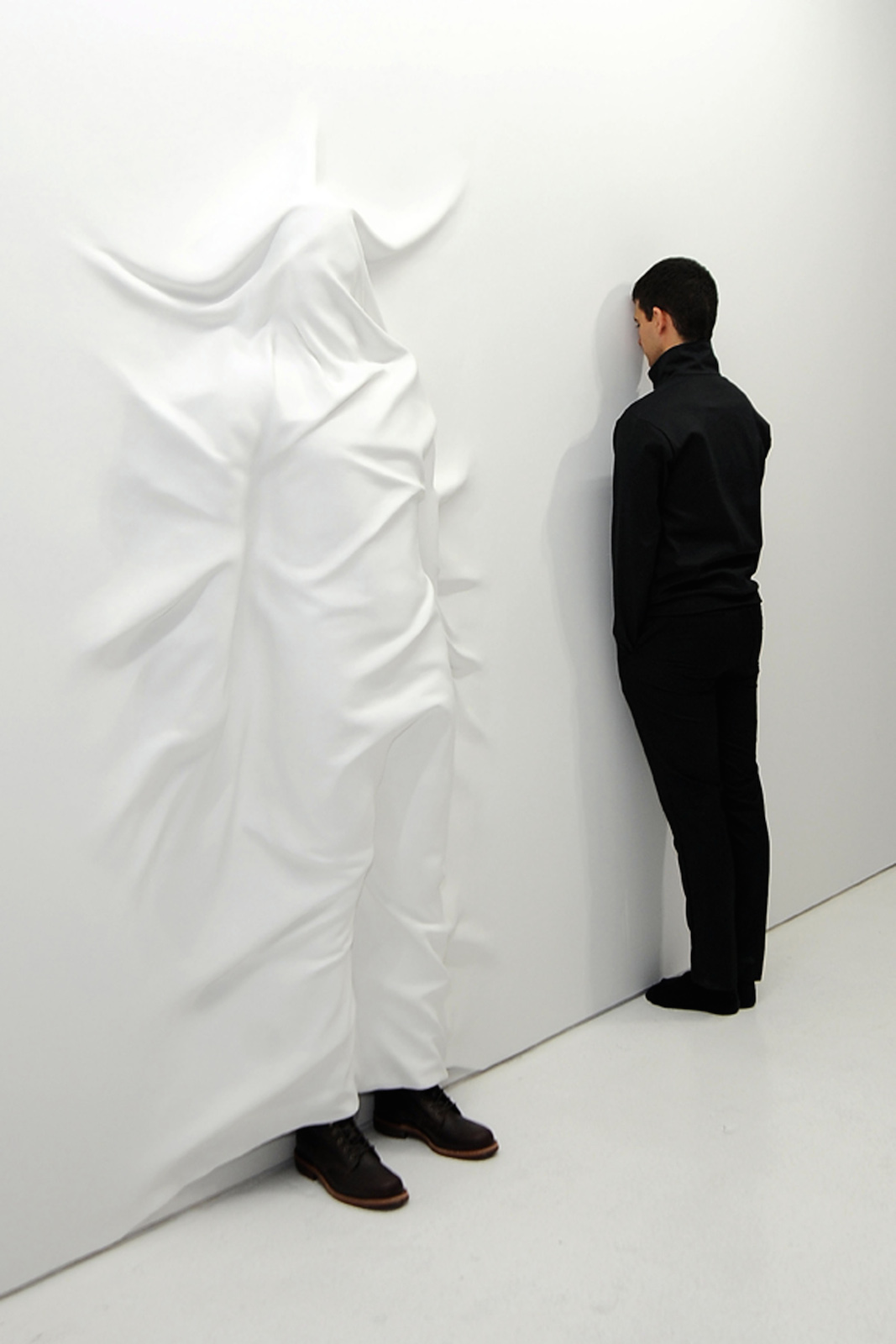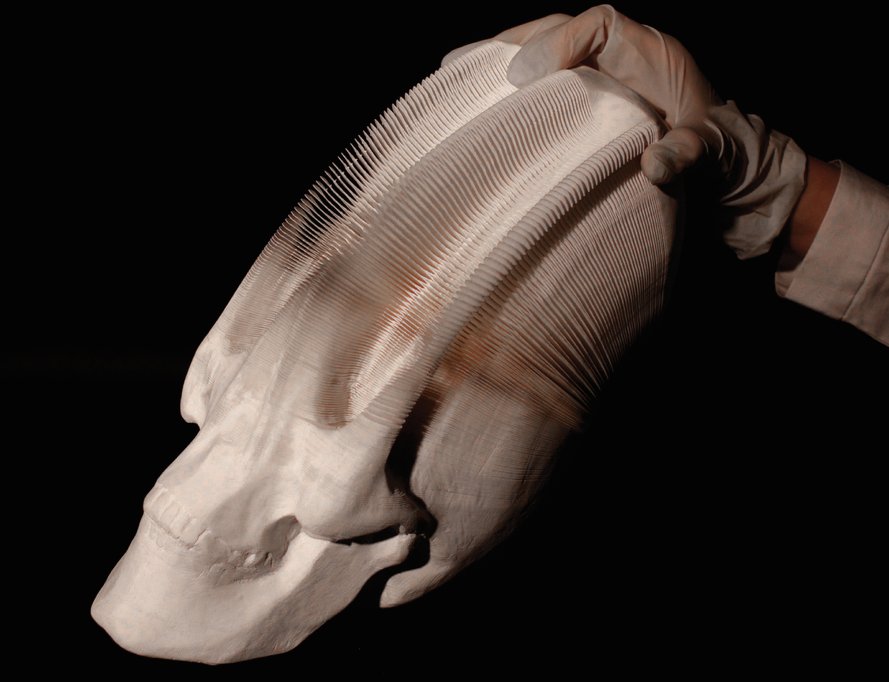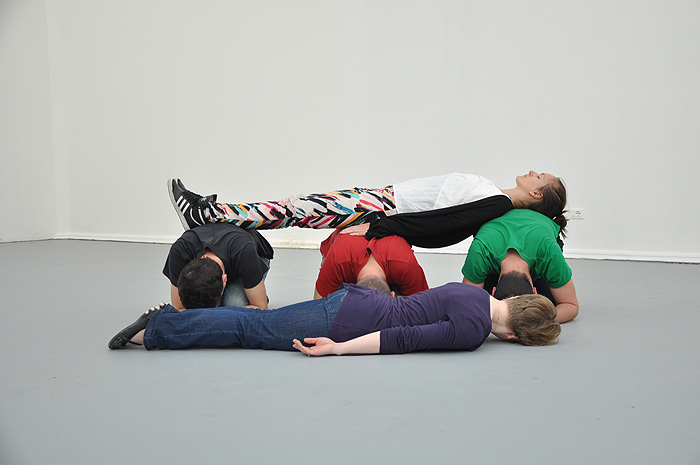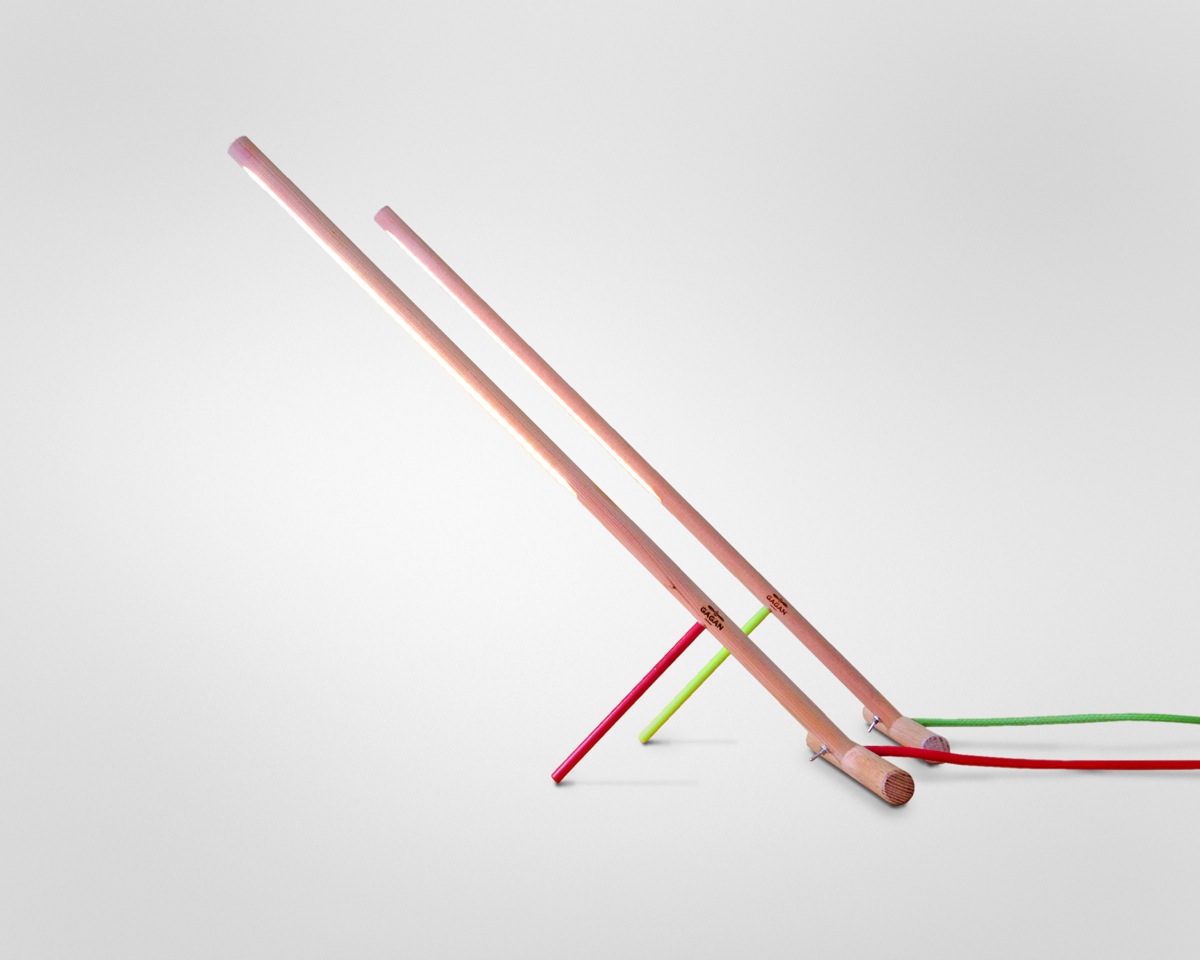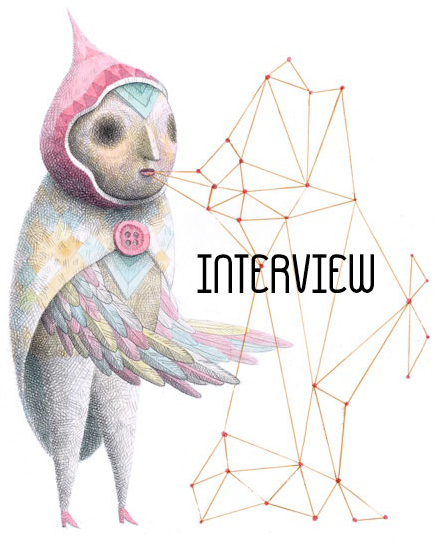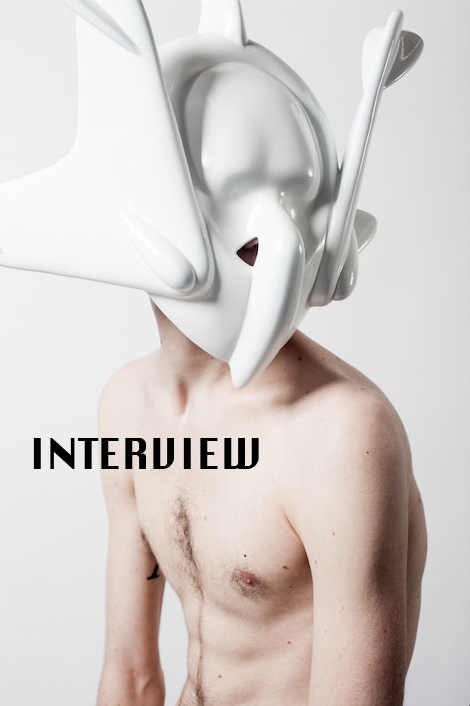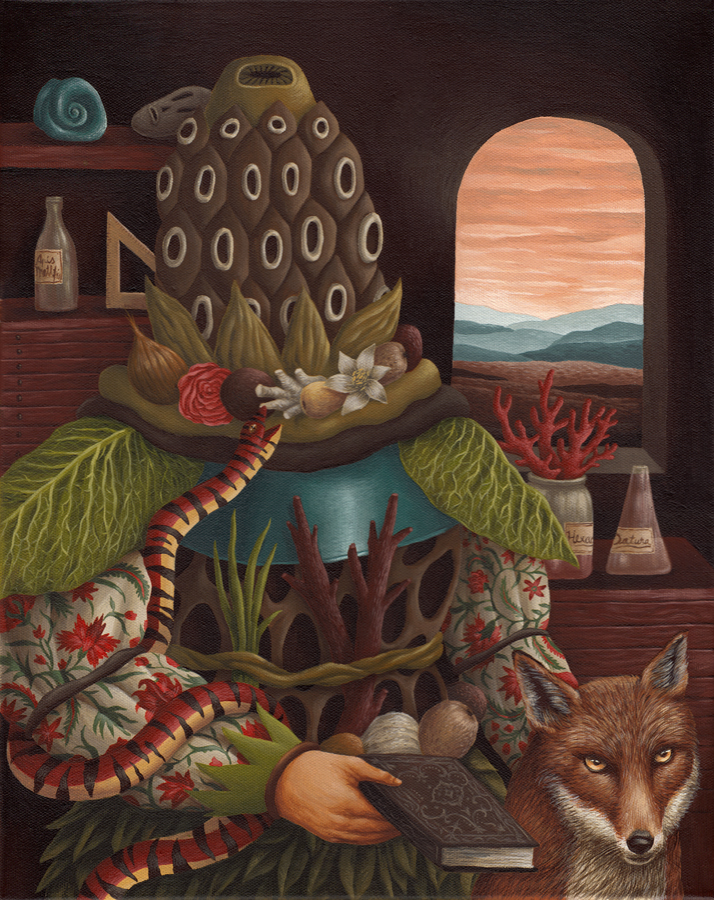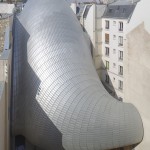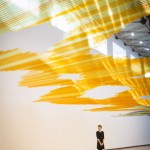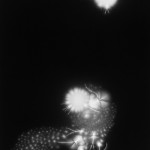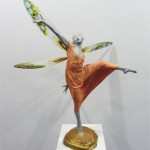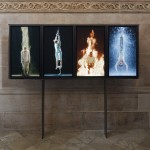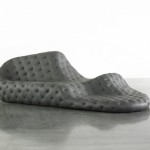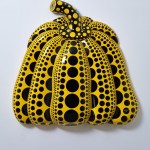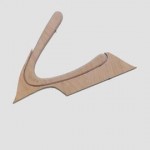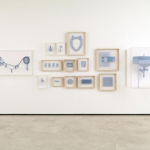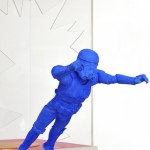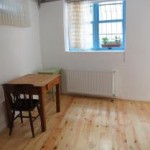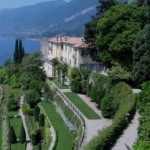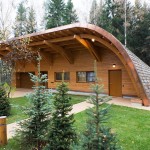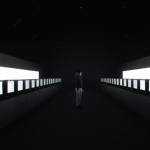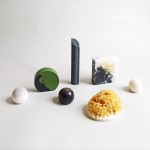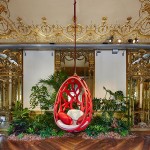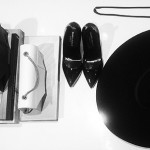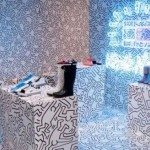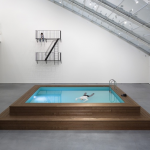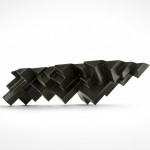INHALE is a cultural platform where artists are presented, where great projects are given credit and readers find inspiration. Think about Inhale as if it were a map: we can help you discover which are the must-see events all over the world, what is happening now in the artistic and cultural world as well as guide you through the latest designers’ products. Inhale interconnects domains that you are interested in, so that you will know all the events, places, galleries, studios that are a must-see. We have a 360 degree overview on art and culture and a passion to share.

Mars Colonization
Architects: Dmitry Zhuikov, Arina Ageeva, Krassimir Krastev
Purpose of the project – is in research of the possibility to build permanent settlements on Mars, using robotics and local materials to reduce the price and risks.
Resources available on mars
1.The surface of Mars is primarily composed of basalt
2. The Phoenix lander directly sampled water ice in Martian soil
1. Some martian soil appropriate for groving certain agricultures e.g. Asparagus
Basalt is good material to make a protectional cave on, to produce insulation, and basalt roving, which is stronger than steel.
Possibility of food production will make Martian settlements independent of expensive deliveries from the Earth.
Colonisation stages
1. Rocket with digging robots are sent to the Mars
2. Robots drop-off on the surface
3. Robots analyze basalt columns on strength value, then each chooses a weakest pillar that equidistant from the others – it is a start position
4. Robots drill basalt, moving down and increasing diameter of withdrawn rock with each step, until it reaches strong pillars that remain as columns
5. Chaff set aside to form network of the rampants, in order to protect skylight holes from the wind and dust
6. After caves are ready human expedition rush to the Mars
7. Astronauts finish the construction and arrange technical facilities as water, oxygen, basalt processing line, etc.
8. Using generated basalt roving, robots weave spatial spider-like web, that will be used as spaces and construction to hold domestic and technical facilities.
Cloud is an interactive installation which responds to the music in real time. Movement of each body part caused by the different frequency. If music became very loud cloud will shake and shiver. During the night time interactive application is projected on the body, that is also responds to the noise. The body shape assembled with only one long piece of spring steel wire and special joints.
9 electric motors, arduino and processing are used to make structure move.
Architects: Arina Agieieva, Anton Zasypkin, Dmitry Zhuikov
Instructors: Neil Leach, Alex Kalachev, Karim Soliman
interactive cloud application from zaarchitects on Vimeo.
via zaarchitects.com


